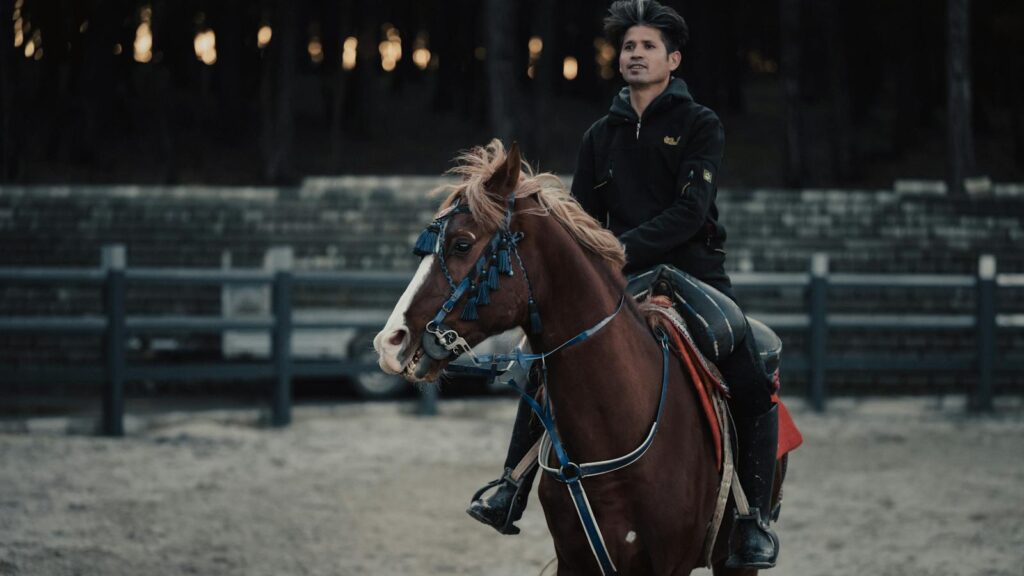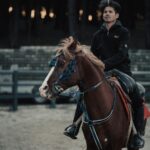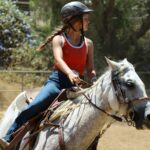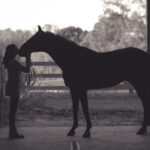The magnificent sight of horses galloping through city streets or performing in downtown venues creates a fascinating juxtaposition of nature’s power against an urban backdrop. When equestrian sports venture into metropolitan environments, they create unique experiences for competitors, audiences, and the horses themselves. Urban horse competitions represent a bridge between rural traditions and city life, bringing these majestic animals into unexpected settings while creating both challenges and opportunities. From specialized indoor arenas constructed within convention centers to temporary courses set up in city parks, the phenomenon of urban equestrian events continues to grow in popularity worldwide.
The Historical Context of Urban Equestrian Events
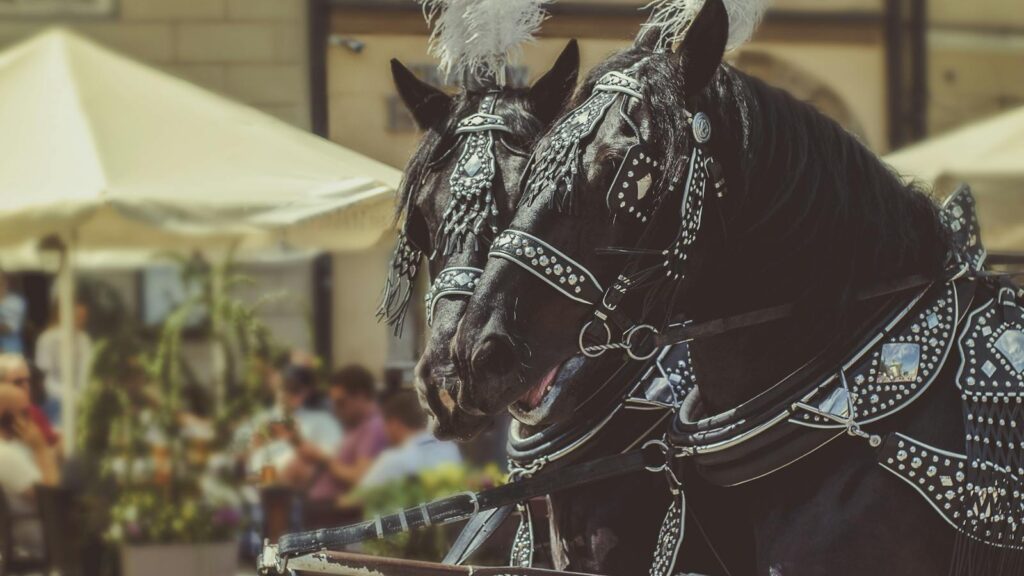
Horses in cities were once commonplace, serving as the primary mode of transportation before automobiles revolutionized urban mobility. Competitions in urban settings have roots dating back centuries, with medieval tournaments often taking place in town squares and early police horse demonstrations occurring in city centers. By the late 19th century, prestigious indoor horse shows emerged in major metropolitan areas like New York, London, and Paris, establishing a tradition of bringing equestrian excellence to urban audiences. These events transformed from practical demonstrations into refined sporting competitions, allowing city dwellers to maintain connections with equestrian culture despite increasing urbanization. The evolution of these competitions reflects changing relationships between humans, horses, and urban environments throughout history.
Types of Urban Equestrian Competitions
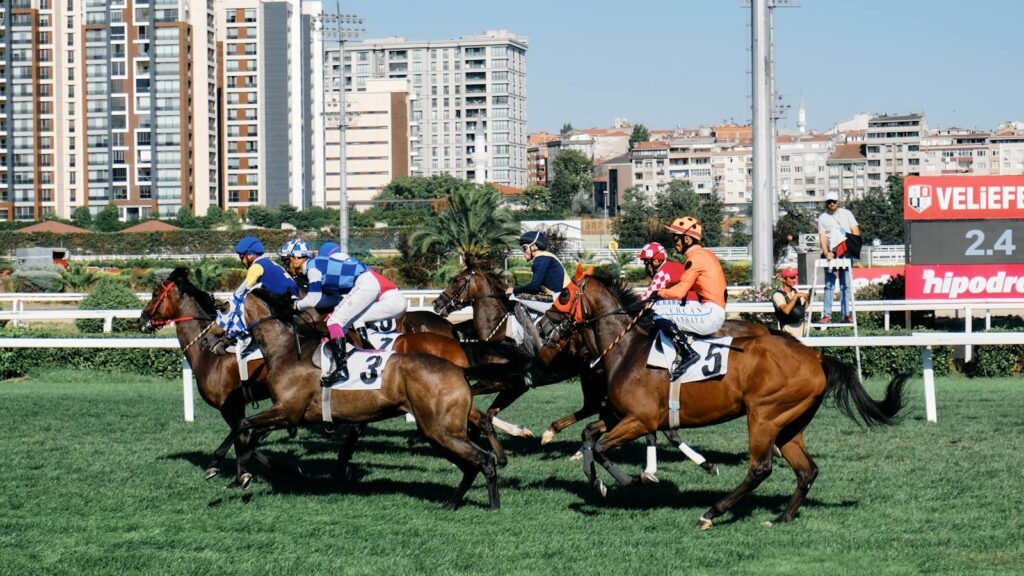
Urban settings host a diverse range of equestrian competitions, each adapted to the constraints and opportunities of city venues. Indoor show jumping tournaments transform convention centers and sports arenas into meticulously designed courses where precision and speed are tested. Dressage competitions, with their emphasis on elegance and control, find suitable homes in indoor arenas where audiences can appreciate the subtle communication between horse and rider. Urban endurance races occasionally wind through city parks and streets, creating spectacular scenes as horses navigate paths normally dominated by pedestrians and vehicles. Police horse competitions and demonstrations showcase specialized training for urban environments, while some cities host heritage events like traditional carriage driving competitions that celebrate historical connections between horses and urban life.
Designing Urban Venues for Equine Athletes
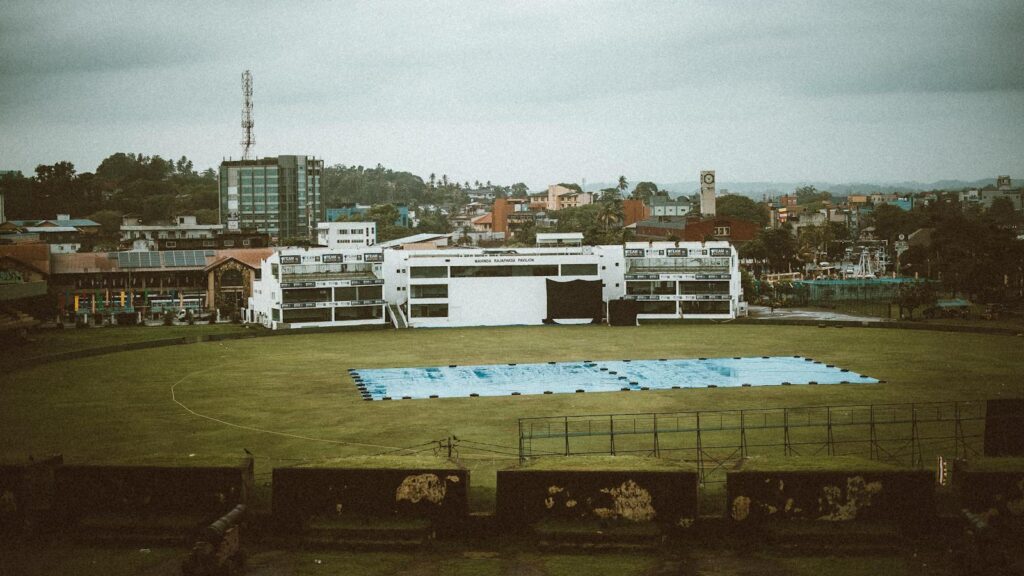
Creating suitable competition spaces within urban environments requires specialized design considerations that prioritize equine welfare and performance quality. Footing preparation becomes particularly crucial in temporary arenas, with engineers developing specialized surfaces that provide appropriate cushioning, traction, and stability for competing horses. Ventilation systems in indoor venues must address the unique respiratory needs of horses performing athletic feats, often requiring significant modifications to existing HVAC infrastructure. Sound engineering plays a vital role in minimizing the impact of urban noise pollution that might startle or distract competing horses. Lighting design balances the needs of spectators and broadcast requirements with the sensitivity of equine vision, avoiding harsh shadows or glare that could affect performance or safety.
Transportation Challenges in Urban Settings
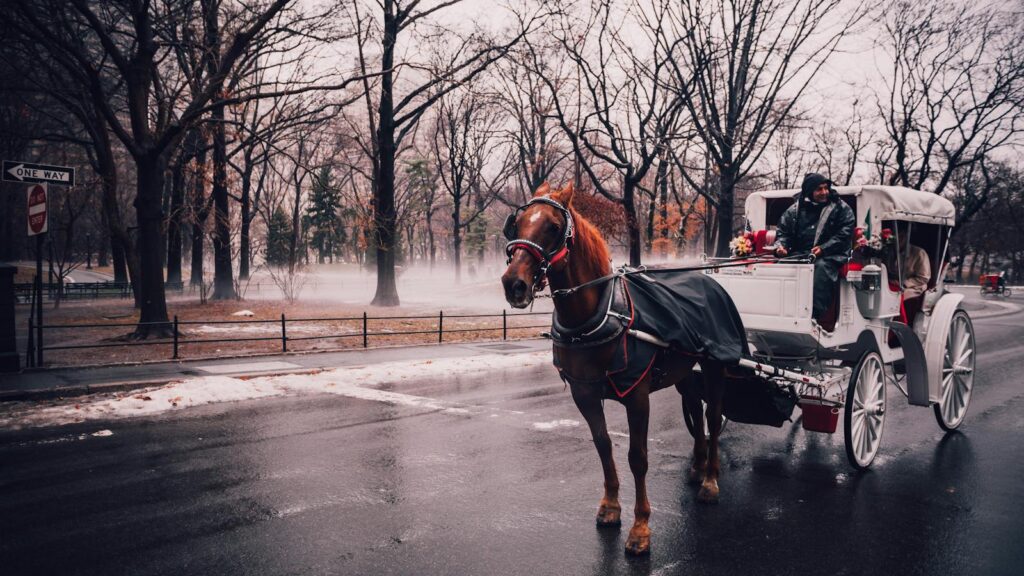
Moving horses through congested urban areas presents substantial logistical challenges that competition organizers must overcome. Horse trailers and transport vehicles must navigate city traffic patterns, often requiring special permits and police escorts to ensure safe passage through areas not designed for equine transport. Loading and unloading facilities near urban venues demand careful planning to minimize stress on horses and ensure public safety during these vulnerable transition periods. Temporary stabling construction must meet high standards for security, comfort, and biosecurity despite space limitations typical in urban settings. Organizers frequently coordinate with city officials to create dedicated routes and schedules that minimize interactions between horses and typical urban activities, sometimes requiring temporary street closures or designated access times.
Environmental Adaptations for Horses
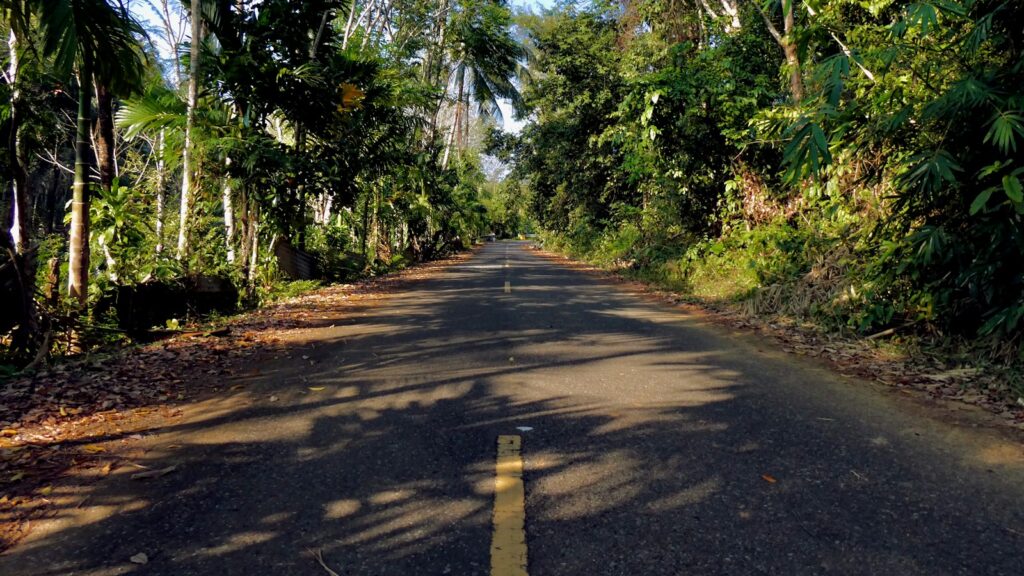
Horses competing in urban environments must adapt to a vastly different sensory landscape than their rural counterparts typically experience. Sound desensitization becomes an essential part of training, with many competitors gradually exposing their horses to recordings of traffic noise, crowds, and public address systems before competition day. Light management strategies help horses adjust to the artificial illumination of indoor arenas, sometimes including pre-competition visits to familiarize equine athletes with unique lighting conditions. Temperature regulation presents challenges in indoor venues, where competition heat combined with crowd warmth can create uncomfortable conditions requiring specialized cooling systems and adaptation periods. Air quality considerations in urban settings may necessitate additional respiratory support for competing horses, with some trainers employing nebulizers or other therapies to protect sensitive equine lungs from urban pollution and indoor dust.
Psychological Impact on Equine Competitors
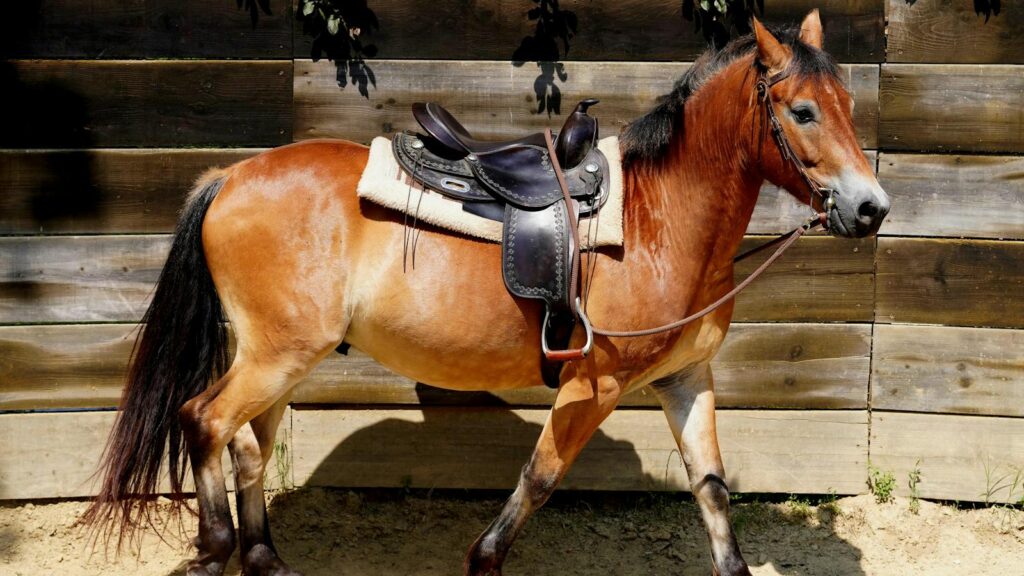
The urban competition environment creates distinctive psychological challenges for horses that trainers must address through specialized preparation. Stress management becomes paramount as horses encounter unfamiliar stimuli like echoing indoor acoustics, unusual visual elements, and concentrated human energy. Behavioral adaptation varies significantly between individual horses, with some animals showing remarkable adaptability while others require extensive desensitization to perform effectively in urban settings. Competition preparation often includes creating familiarity through repeated exposure to simulated urban conditions, helping horses develop confidence in environments far removed from their natural habitat. Research suggests that horses with certain temperamental traits may be better suited for urban competitions, leading some trainers to select specific personality types for these events rather than attempting to force adaptation in more sensitive animals.
Audience Experience in Urban Venues
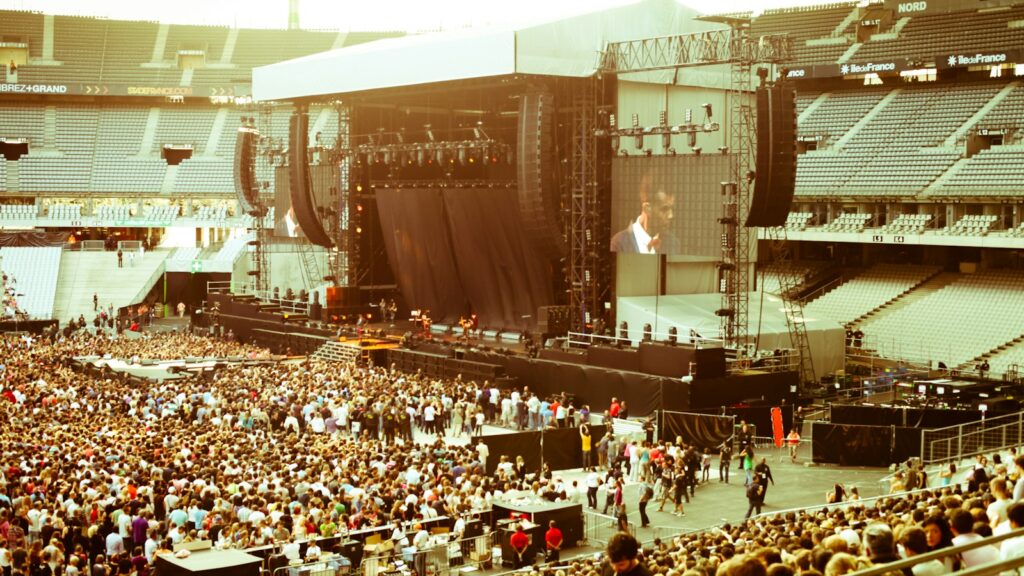
Urban equestrian events create unique spectator experiences that differ significantly from their rural counterparts. Proximity to the action often intensifies in indoor arenas, where carefully designed seating brings audiences closer to performances than typically possible in expansive outdoor venues. Sensory immersion becomes more pronounced as audiences feel the vibration of hoofbeats reverberating through connected seating and experience the amplified sounds of competition in enclosed spaces. Accessibility improvements frequently characterize urban events, with convenient public transportation options and existing infrastructure making attendance possible for demographics who might find rural venues challenging to reach. The integration of modern venue amenities like comfortable seating, diverse food options, and technological enhancements often creates a more comfortable viewing experience that appeals to casual fans and dedicated enthusiasts alike.
Economic Impact on Host Cities

When equestrian competitions gallop into urban centers, they generate significant economic ripples throughout the local economy. Hotel occupancy rates frequently surge during major events, with competitors, support staff, and spectators filling rooms that might otherwise remain vacant, particularly during off-peak tourism seasons. Restaurants and retail establishments near venues report substantial revenue increases during competition periods, often preparing special offerings that celebrate equestrian themes. Transportation services including taxis, rideshares, and public transit see increased utilization, while specialized services like equipment vendors and farriers establish temporary operations that create additional economic activity. Long-term economic benefits can emerge when cities successfully establish signature equestrian events that become annual traditions, creating reliable revenue streams and enhancing the city’s brand identity in ways that attract future tourism and business investment.
Safety Protocols for Urban Competitions
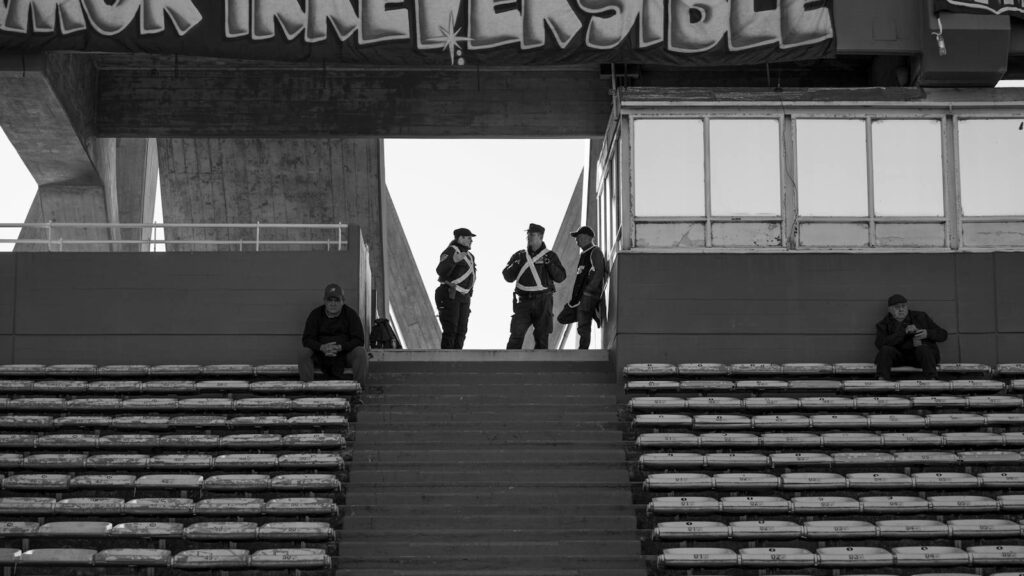
Urban equestrian events require comprehensive safety protocols that address the unique risks presented by city environments. Emergency response planning must account for the challenges of evacuating horses from confined indoor spaces or crowded urban areas, often involving specialized equipment and trained personnel. Crowd management strategies balance spectator experience with maintaining safe distances between untrained public and unpredictable animals, particularly in open urban settings where traditional barriers might be impractical. Traffic control becomes essential during any competition components that involve public spaces, requiring coordination between event organizers and municipal authorities to prevent dangerous interactions. Veterinary support services must adapt to urban constraints, creating mobile treatment facilities and evacuation plans that function effectively despite limited space and access challenges typical in city venues.
Regulatory Considerations in Metropolitan Areas
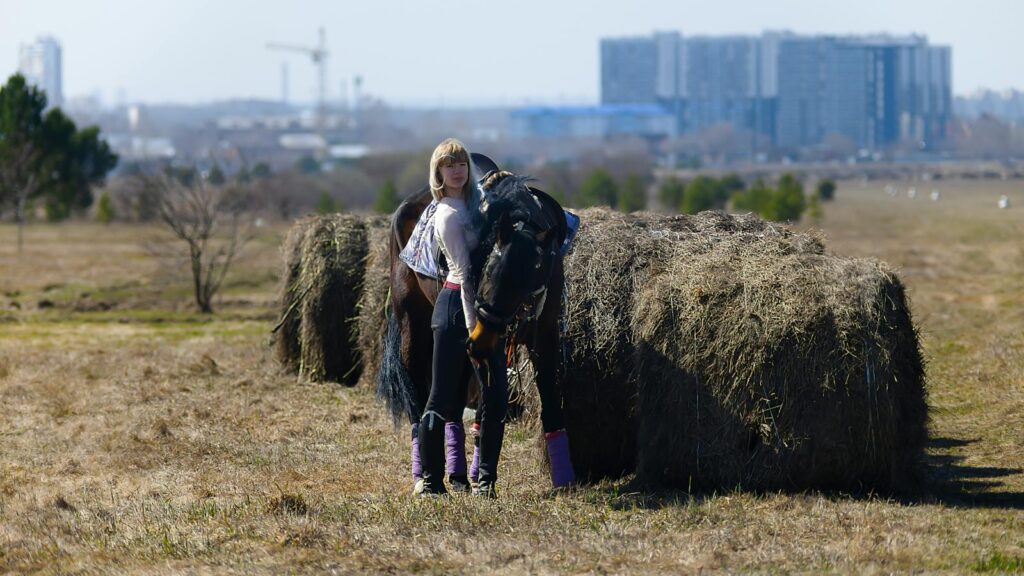
Navigating the complex regulatory landscape of urban areas presents unique challenges for equestrian event organizers. Permit requirements typically span multiple municipal departments including parks, transportation, public safety, and health services, creating administrative hurdles not present in rural settings. Insurance mandates tend to be more stringent in urban environments where proximity to the general public and valuable infrastructure increases liability concerns. Waste management regulations require sophisticated solutions for horse manure and bedding disposal that comply with urban sanitation codes while minimizing environmental impact. Noise ordinances often necessitate careful scheduling and sound mitigation strategies, particularly for events taking place near residential areas where the sounds of announcements, music, and competition itself could generate complaints.
Cultural Significance of Horses in Urban Spaces
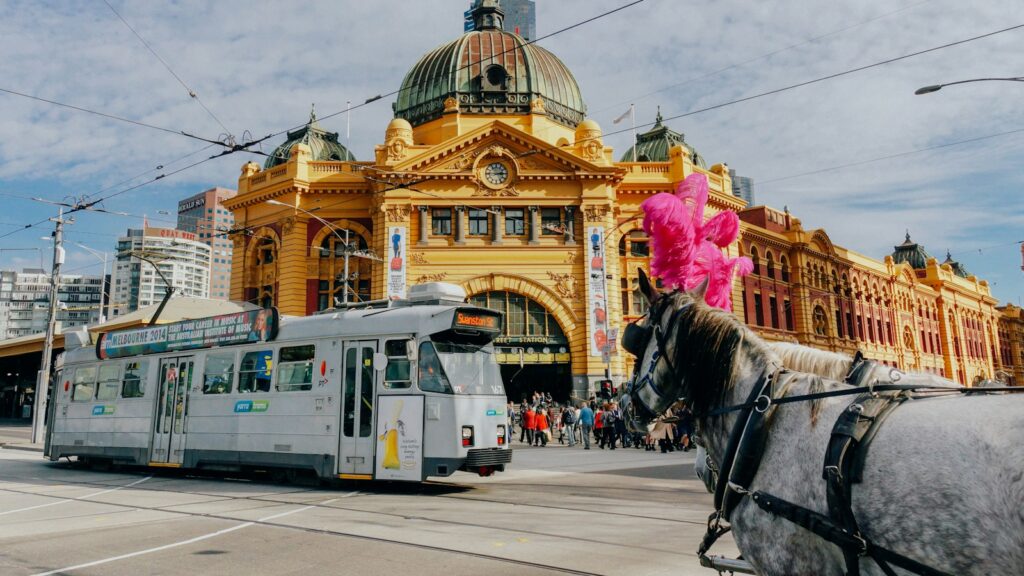
When horses perform in urban settings, they create powerful cultural moments that reconnect city residents with historical traditions. Educational opportunities emerge naturally as urban populations – particularly children who may never visit rural areas – gain exposure to equestrian heritage and animal husbandry practices. Cultural preservation occurs when traditional equestrian disciplines find new audiences in metropolitan areas, ensuring living traditions continue despite urbanization trends. The visual power of horses against city backdrops creates memorable imagery that frequently becomes iconic in marketing materials and media coverage, reinforcing the special significance of these encounters. For many urban residents, these events provide rare opportunities to experience the distinctive presence of horses – their size, sound, scent and movement – creating memorable encounters that bridge increasingly separate rural and urban experiences.
Technological Innovations for Urban Equestrian Events
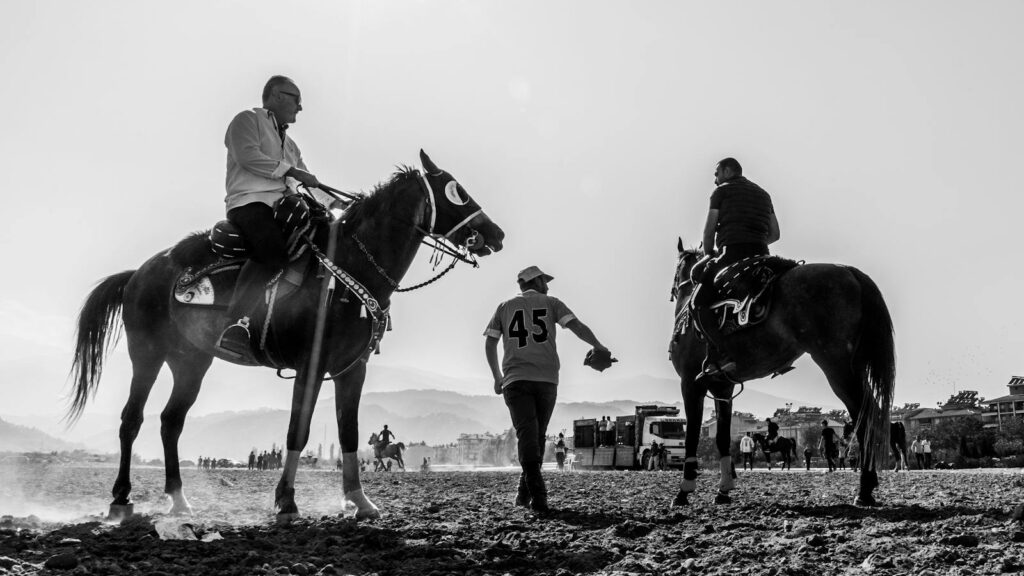
Technology plays an increasingly important role in making urban equestrian events possible and enhancing their impact. Advanced footing systems utilizing synthetic materials and moisture management techniques create safe, consistent surfaces that can be rapidly installed and removed from temporary urban venues. Climate control innovations help maintain appropriate temperature and humidity levels for equine athletes in enclosed spaces despite the heat generated by large spectator crowds. Digital scoring platforms enable real-time results distribution to audiences, enhancing engagement through mobile applications and venue display systems. Sophisticated sound design technologies help create appropriate acoustic environments by minimizing echoes and controlling volume levels that might otherwise disturb competing horses in reverberant indoor spaces or busy urban environments.
The Future of Urban Equestrian Competitions
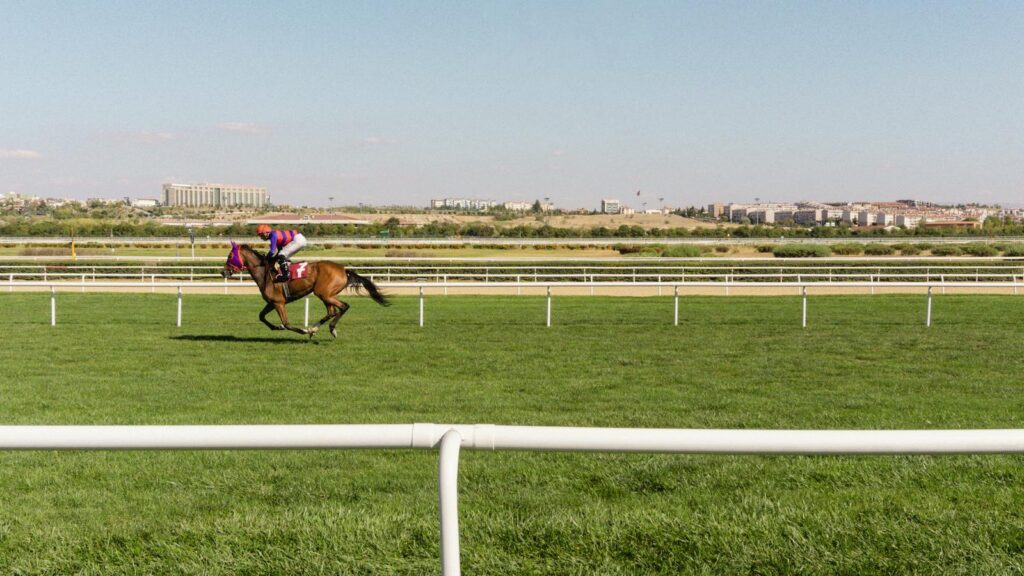
Looking ahead, urban equestrian events appear poised for continued evolution that balances tradition with innovation. Sustainability initiatives are becoming increasingly central, with events exploring renewable energy sources, water conservation systems, and zero-waste approaches that align with urban environmental priorities. Format innovations that condense competition schedules or create more spectacular performance elements help maintain audience engagement in an era of shortened attention spans. Cross-disciplinary collaborations with urban arts organizations, technology companies, and educational institutions create fresh approaches to presenting equestrian sport in metropolitan contexts. As cities worldwide seek distinctive cultural offerings and sporting events that differentiate their brand identities, equestrian competitions provide unique opportunities to showcase both cutting-edge urban development and enduring connections to natural heritage and historical traditions.
conclusion
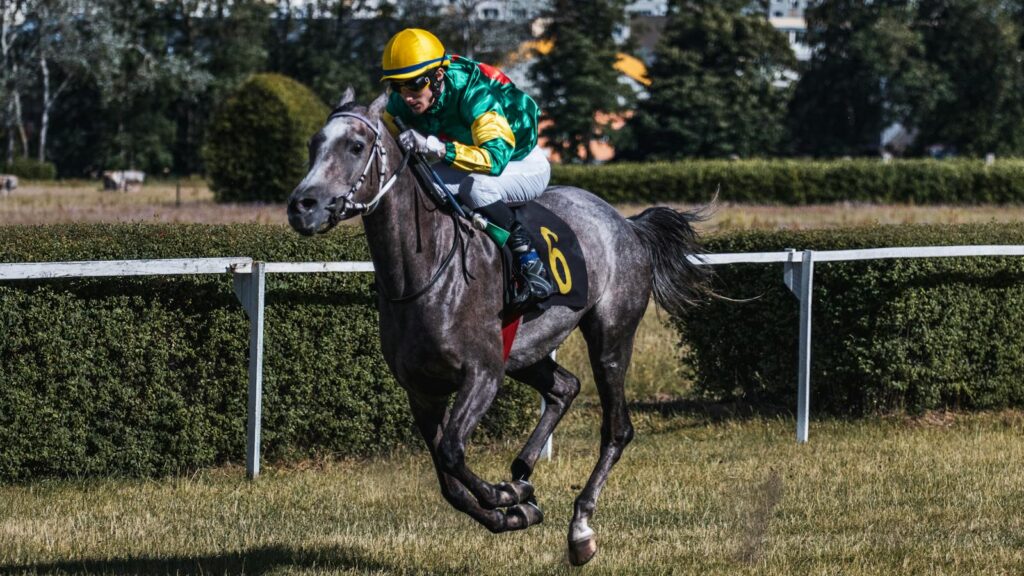
Urban equestrian competitions represent a fascinating intersection where rural traditions meet metropolitan innovation. These events create extraordinary experiences for spectators while presenting unique challenges for horses, riders, and organizers. As our world becomes increasingly urbanized, these competitions serve as important bridges between natural heritage and modern city life, allowing magnificent horses to temporarily transform concrete landscapes into showcases of athletic partnership between humans and animals. Through careful planning, technological innovation, and respect for equine welfare, urban equestrian events continue to thrive, bringing the timeless beauty and power of horses into the heart of our busiest cities.

